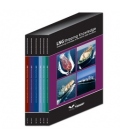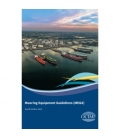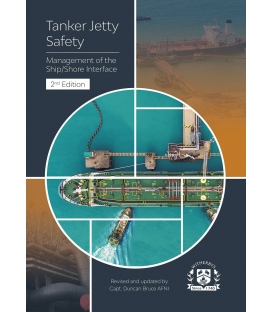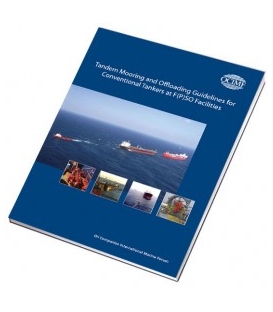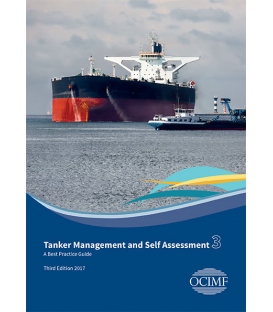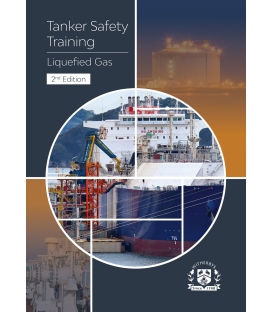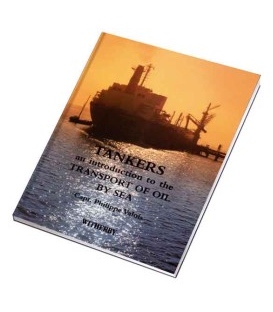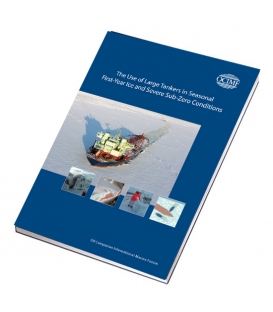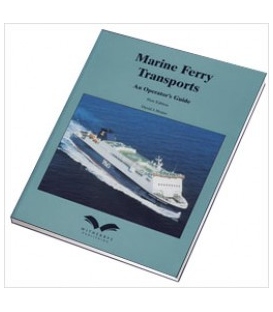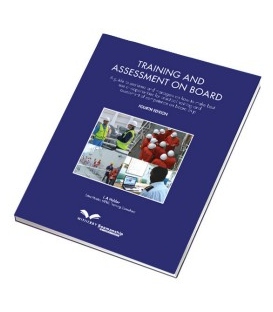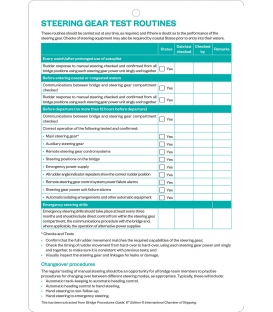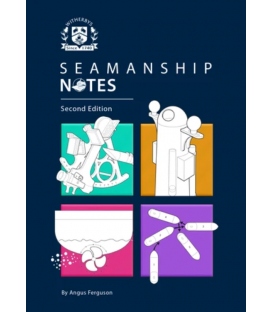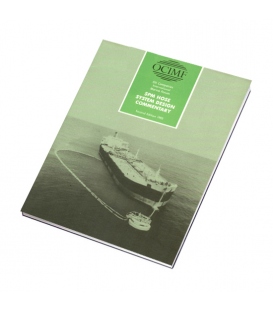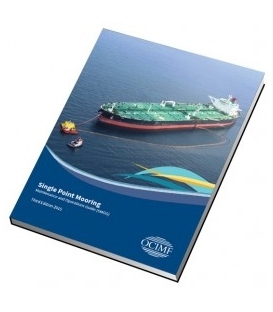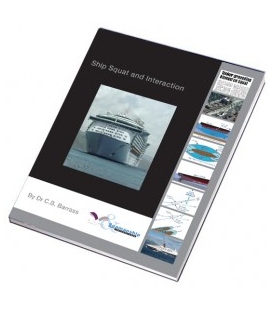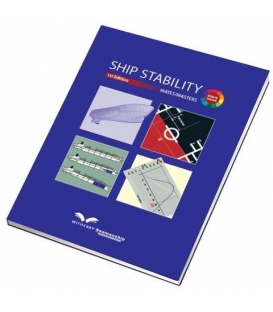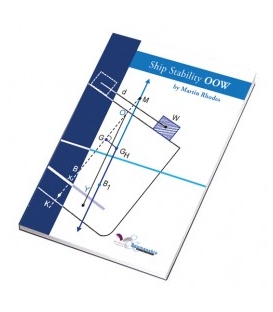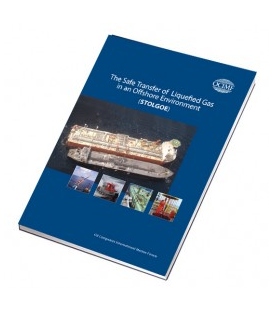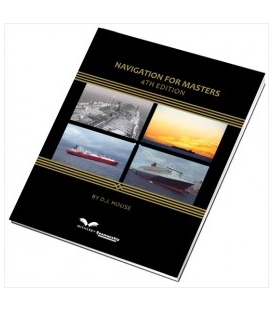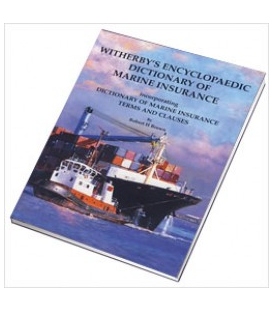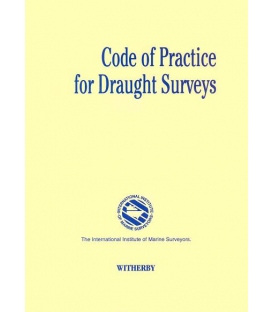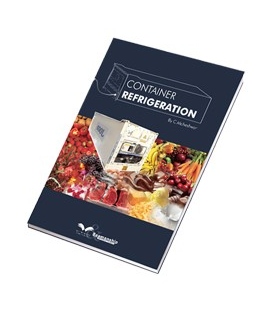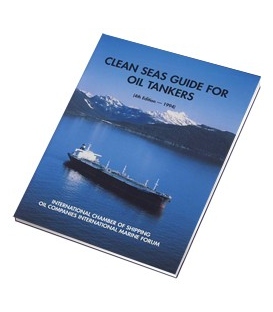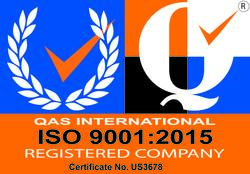

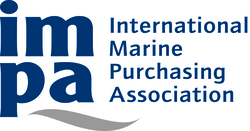
Sign up for our Newsletter
Liquefied Petroleum Gas Sampling Procedures
Title: Liquefied Petroleum Gas Sampling Procedures
Number of Volumes: 1
Edition: First
Number of Pages: 28
Product Code: ws1217K
ISBN: ISBN 13: 978-1-905331-99-4 (9781905331994)
ISBN 10: 1-905331-99-1 (1905331991)
Published Date: May 2010
Binding Format: Paperback Spiro
Book Height: 180 mm
Book Width: 120 mm
Book Spine: 5 mm
Liquefied Petroleum Gas Sampling Procedures
In the liquefied gas shipping industry, cargo sampling is a common requirement as part of the normal quality control or custody transfer standards.
It is accepted within the industry that the risks associated with taking liquefied gas samples are minimal - provided that proper procedures established on both ship and shore are carried out by trained personnel familiar with the operation and that they use fully compatible equipment that is suitable for the task in hand. This pocket book represents the updated recommendations for this activity.
It has been established that the risk of an incident is much greater when personnel are attempting to draw samples from areas unfamiliar to them, particularly if they attempt to use mis-matched connections. The most common example of this situation is the requirement for shore representatives to draw samples from ship tanks.
In November 1988, SIGTTO addressed this problem and published International Recommendation to standardize liquefied gas sampling valves, connections and operations. SIGTTO recommended, inter alia, that ship’s tank sample connections should terminate in a G ½ female parallel threaded connector to ISO 228/1, and the sampling equipment should terminate in a corresponding male connector. This recommendation has been adopted widely by the industry in the meantime.
However, following two separate incidents on board gas carriers carrying out sampling operations within UK ports, the UK MAIB issued Recommendation No. 2007/149 urging SIGTTO to “Review and revise guidance provided to the industry on sampling arrangements, taking due account of any standard required by classification societies.”
The MAIB has published full details of both incidents. Which in summary, in the first case there was an uncontrolled release of VCM from the ship’s mast due to inadvertent cargo transfer from one tank to another during sampling. In the second case, an incorrectly installed sample valve unscrewed and dropped off when attempting to connect a sample container; the resulting leak could not be controlled as the ship’s ESD valve had jammed part-open due to an unrelated pre-existing problem that had not been observed.
The following updated recommendations have been produced by a working group consisting of a number of industry experts under the co-ordination of SIGTTO, with acknowledgement to the earlier publication (“Report of a working group on liquefied gas sampling procedures”).
The present document discusses the following aspects of sampling:
-Basic reasons why cargo samples are taken
-Sampling connections - “Open” and “Closed” loop systems
-Types of sample containers
-Recommended standard sample connections
-Safe procedures for taking samples



